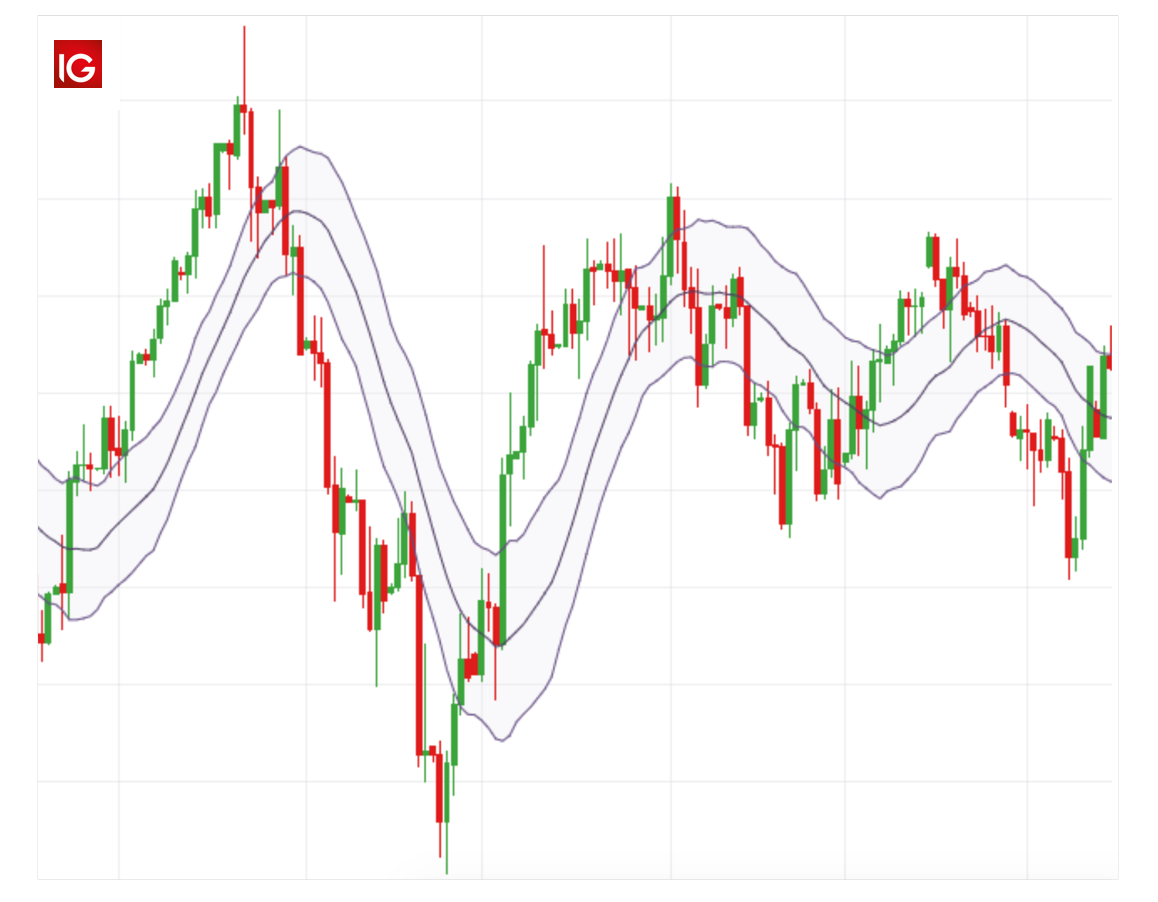Breaking Down Trading Channels: A Beginner’s Guide to Understanding and Utilizing Them

Image Source: Google
Trading channels are a common technical analysis tool used by traders to identify trends and make informed decisions. For beginners in the world of trading, understanding how to identify and utilize trading channels can be a valuable skill. In this guide, we will break down the concept of trading channels, explain how they work, and provide tips on how to effectively use them in your trading strategies.
What are Trading Channels?
An affordable trading channels are a visual representation of the price movement of a security within a specific range. These channels are formed by drawing two parallel trendlines that encompass the highs and lows of the price movement over a certain period. By identifying and analyzing these channels, traders can gain insight into the direction of the trend and potential entry and exit points for their trades.
Types of Trading Channels
- Ascending Channel: This type of channel occurs when both the support and resistance lines are sloping upwards. It indicates an uptrend in the price movement.
- Descending Channel: In contrast to the ascending channel, the descending channel has both trendlines sloping downwards, signaling a downtrend in the price movement.
- Horizontal Channel: Also known as a range-bound market, the horizontal channel features parallel trendlines that are relatively flat, indicating a period of consolidation or indecision in the market.
How to Identify Trading Channels
Identifying trading channels requires a keen eye for patterns and trends in price movements. Here are some steps to help you identify trading channels on a price chart:
Steps to Identify Trading Channels
- Look for swing highs and swing lows: Identify the peaks and troughs in the price movement that can be connected to form the trendlines of the channel.
- Draw trendlines: Connect the swing highs and swing lows with parallel trendlines to create the trading channel.
- Confirm the channel: Look for multiple touches of the trendlines to confirm the validity of the trading channel.
Utilizing Trading Channels in Your Trading Strategy
Now that you understand how to identify trading channels, let's explore how you can effectively use them in your trading strategy to make informed decisions and maximize your profits.
Tips for Utilizing Trading Channels
- Buy at support, sell at resistance: In an ascending channel, consider buying near the lower trendline (support) and selling near the upper trendline (resistance). Conversely, in a descending channel, look to sell at resistance and buy at support.
- Set stop-loss and take-profit levels: Use the boundaries of the trading channel to set your stop-loss and take-profit levels to manage risk and lock in profits.
- Monitor for breakouts: Keep an eye out for price breakouts above or below the trendlines of the channel, as they can signal a potential trend reversal or continuation.
Common Mistakes to Avoid
While trading channels can be a valuable tool for traders, there are some common mistakes to avoid when using them in your trading strategy:
Common Mistakes to Avoid
- Ignoring other technical indicators: Trading channels should be used in conjunction with other technical indicators to confirm signals and avoid false breakouts.
- Overlooking market conditions: Consider the overall market conditions and economic factors that may influence the price movement within the trading channel.
- Chasing price: Avoid the temptation to chase price movements outside the boundaries of the trading channel, as this can lead to losses.
Conclusion
Trading channels can be a powerful tool for traders to analyze trends, identify potential entry and exit points, and manage risk in their trading strategies. By understanding how to identify and utilize trading channels effectively, beginners can enhance their trading skills and make more informed decisions in the financial markets. Remember to practice using trading channels on historical price data and start incorporating them into your trading strategy to see how they can improve your overall trading performance.